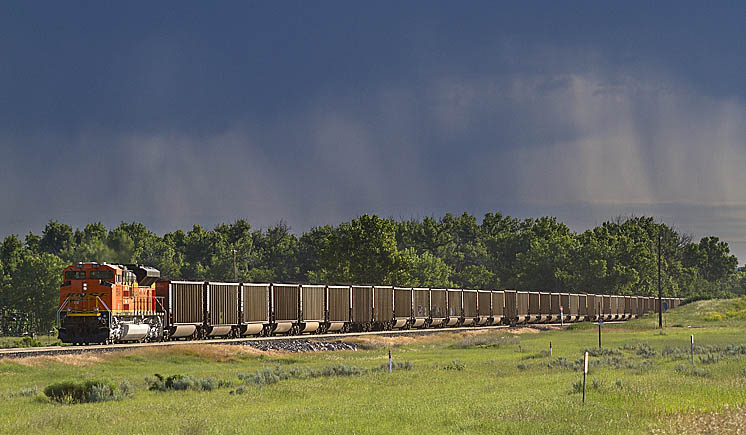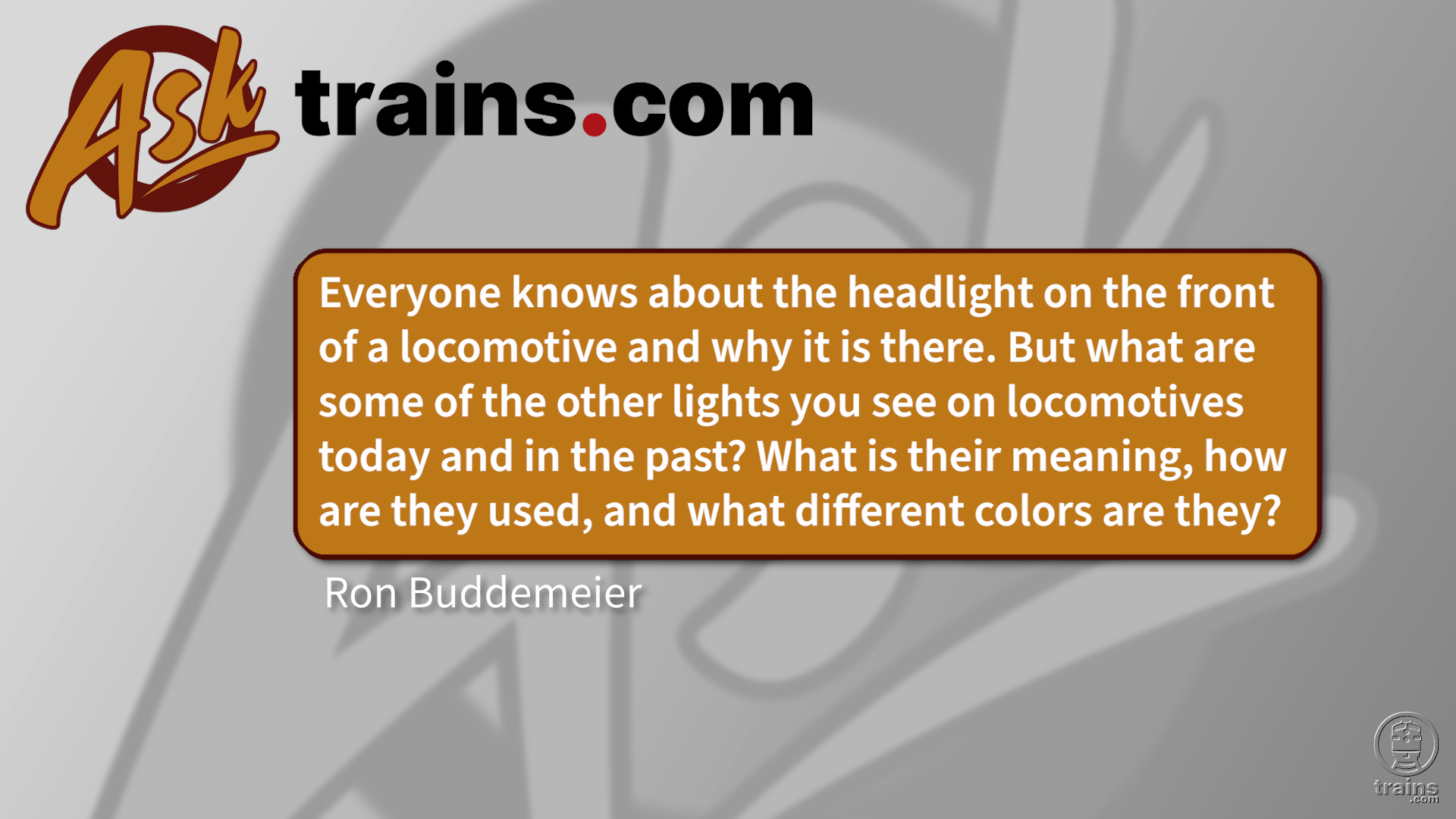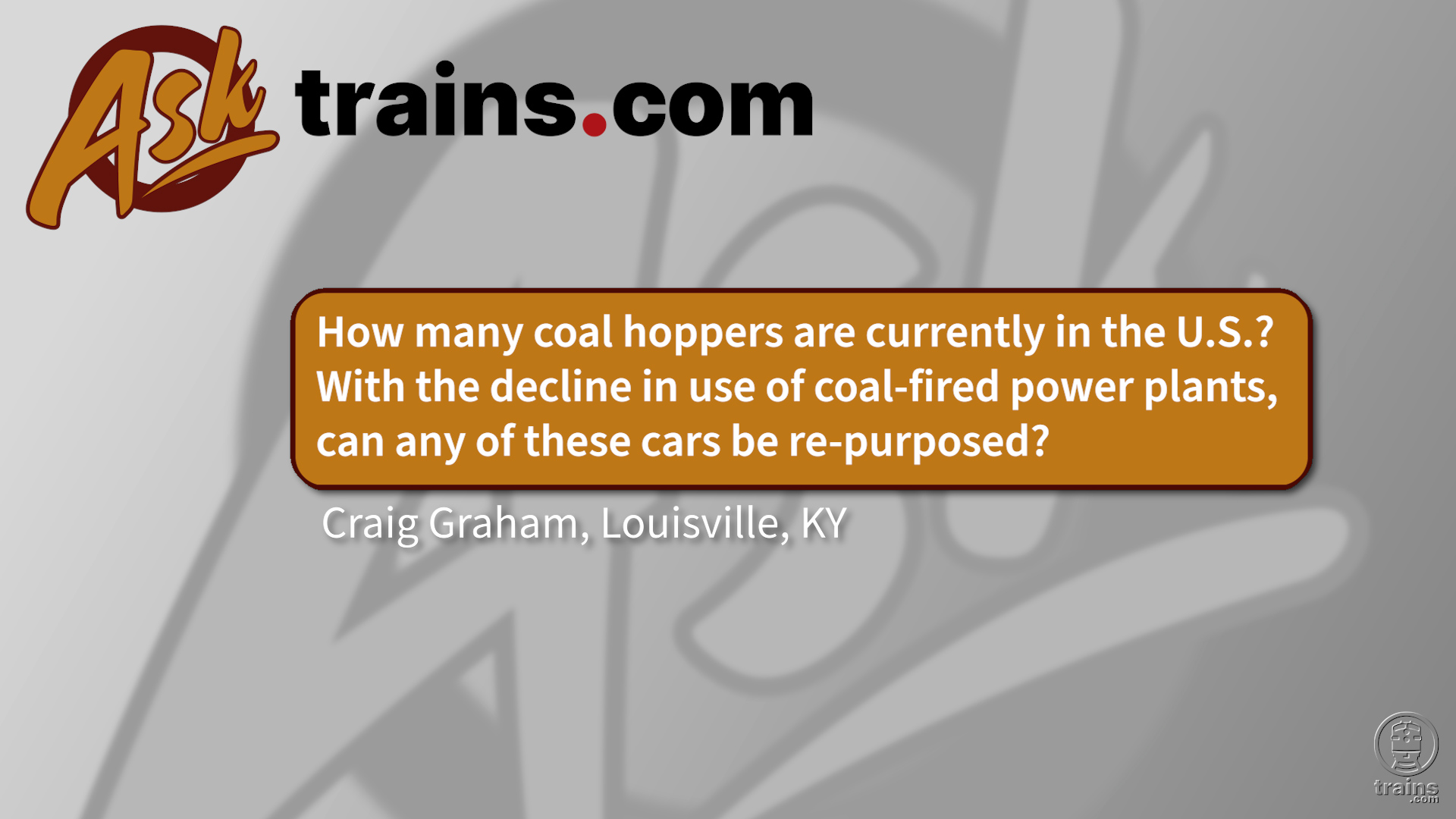A In distributed power consists, control of the automatic, or train, brake is always handled from the lead, or controlling, locomotive. The remote distributed power units mid-train or on the rear are incapable of controlling such functions and respond solely to commands from the controlling locomotive. These commands are relayed to the remote engines via radio telemetry.
The engineer adds air back to the brake pipe at the same rate of flow and at the same pressure, usually around 90 psi, when he or she releases the automatic, or train, brake. This aids, especially in the winter months, in recharging the brake pipe to the desired pressure more quickly.
There are computer screens that the engineer can access to monitor the health and function of remote engines in a DPU-equipped train. The information conveyed includes brake pipe pressure on the remote engines, main reservoir pressure, rate of air flow from the remote consist, and whether the DPU brake valves are cut in.
The brake valves on the remote locomotives mid-train or on the rear will also assist in reducing brake pipe pressure at their parts of the train. This occurs at the rate of flow and desired brake pipe reduction commanded by the engineer on the lead or controlling engine to assist in applying the brakes on the train. If the engineer on the controlling locomotive makes a 10 psi brake pipe reduction, the remote locomotive will mimic that action, also reducing brake pipe pressure at the end of the train by 10 psi. – Art Schiller














